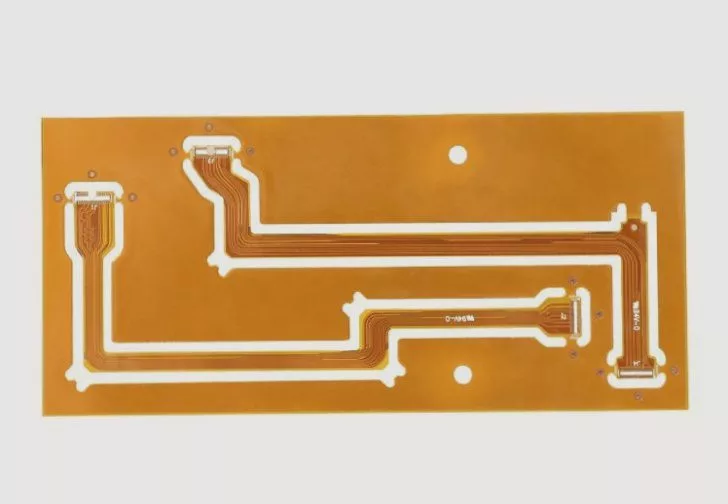How to Address Tin Bead Issues in SMT Processing: A Comprehensive Guide for Export Businesses
In the competitive landscape of international electronics manufacturing, tin bead formation remains a critical challenge in Surface Mount Technology (SMT) processing. This issue significantly impacts PCBA quality control and poses risks for global electronics exporters. Below, we analyze the root causes and provide actionable solutions for SMT manufacturers in China and worldwide.
Understanding Tin Bead Formation in SMT Components
Common Locations for Tin Bead Manifestation
Tin beads primarily appear in:
- Chip resistor components
- Capacitor elements
- Periphery of surface mount devices (SMD)
- Near IC pin connections
These defects not only affect product aesthetics but can cause short circuits in high-density PCBAs, compromising electronic product reliability for international buyers.
Primary Causes of Tin Bead Formation
1. Solder Paste-Related Issues
The best solder paste for SMT processing should prevent tin bead formation. Common problems include:
- Improper solder paste viscosity
- Collapse during reflow soldering
- Excessive extrusion beyond printed areas
2. Pad Design and Solder Quantity Factors
Square chip components with dual-sided pads are particularly vulnerable when:
- Solder paste application exceeds optimal levels
- Thermal fusion pressure displaces molten solder
- Pad dimensions don’t match component specifications
Key Factors Influencing Tin Bead Production
“Controlling tin bead formation requires a systematic approach to SMT process optimization from stencil design to reflow profiling.”
Critical control points for SMT manufacturers exporting globally include:
- Stencil design and pad geometry
- Solder paste printing parameters
- Pick-and-place machine repeatability
- Reflow oven temperature profiling
- Moisture sensitivity management
Best Practices for Tin Bead Prevention
For Electronics Export Businesses
Implement these quality control measures for SMT processing:
- Optimize stencil aperture designs
- Precisely control solder paste volume
- Implement rigorous reflow profile validation
- Conduct regular SMT equipment calibration
- Source high-quality solder paste from China or other reliable suppliers
Advanced Solutions for OEM Exporters
Leading SMT service providers in Asia are adopting:
- Automated optical inspection (AOI) systems
- 3D solder paste inspection (SPI)
- AI-powered process control
Market Opportunities in Tin Bead Solutions
The growing demand for high-reliability PCB assemblies creates export potential for:
- Specialized solder paste formulations
- Precision stencil manufacturing services
- SMT process consulting
- Quality control equipment
By addressing how to reduce tin beads in SMT manufacturing, exporters can differentiate their electronic manufacturing services in competitive international markets.


